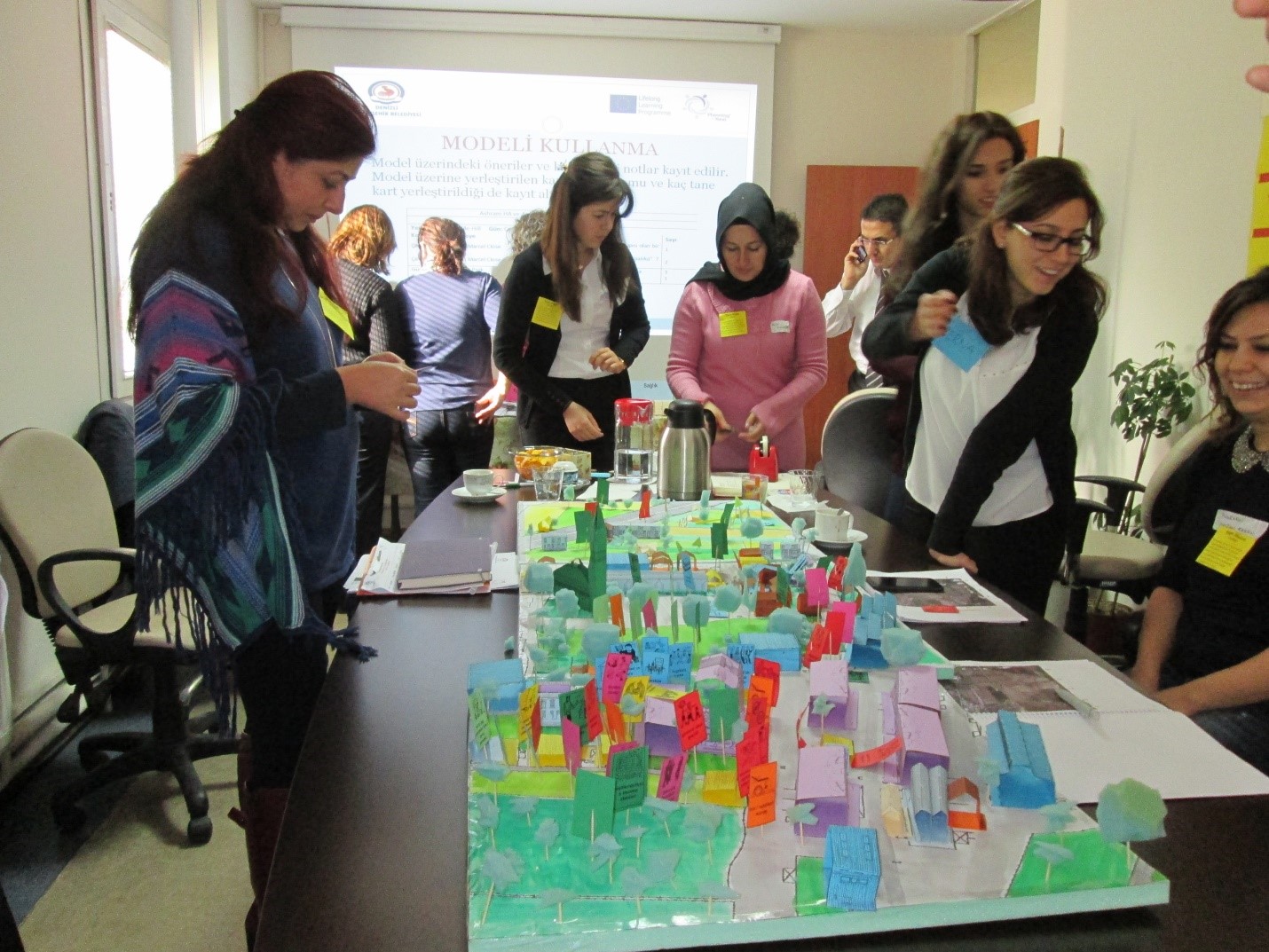Assoc. Prof Dr. Ahmad Rizal Abdul Rahman
Many studies of design competitiveness in global markets, states that a region's culture and quality of life are significant elements in the product development process despite the movement towards global communications, economy and awareness. The designers should demonstrate more responsibility for the impact of their designs, not just by meeting the customer's need but also by preserving cultural ‘lifestyle’ variety and values.
A successful product should be seen not just as a technical solution in overall but also as a package of ‘cultural’ solutions. Its success is also due to a successful understanding of the values, institutional arrangements and economic notions of the culture the product is targeted which includes ethnicity, belief, tradition, diversity and nation of the user.
Most scholars related to ‘Product Design and Culture Factors’ also claims that a product's function, ergonomics, and cognitive aspect should be understood by designers and argues that the key ingredient in developing a successful product is a degree of which, they coined as 'cultural fit'. However, users culturally determined needs may be particularly unpredictable in a changing society, as many parts of the world is experiencing a global culture changes in products offered and users need and demands is transforming rapidly.
Bloch (1995:22), in his consumer response studies, argues that preferences for product form are much driven by cultural factors and claims that nearly all Japanese auto manufacturers are setting up their studios in the United States with the aim of ensuring the commercial success of their products by paying more attention to understanding Americans' culturally determined needs and demands.
According to Leinbach(2002:3), design should no longer be seen as a styling shape or just an art object but products should be designed and produced with appropriate features including functional cultural aspects which could provide a more competitive edge in the market. Rodriguez et al. (2006) have suggested that in creating products for current emerging markets, designers should become involved in a deep understanding of the needs and context of the people within it.
In current, it is becoming increasingly difficult to ignore the changes in users' lifestyles, tastes, demands and cultural values with the products people employ in their daily lives.

Fig 01 – Some design trends does not change the traditional cultural practices in action.

Fig 02 – Certain product designed changes over time due to comfort, safety and cultural lifestyle demand.
As culture is understood to be a 'way of life' and is integrated with products that people use (Hofstede 2005), the study of products' transformation and understanding users' experience can be useful for designers in attempting to understand and respond to this situation. In most situation encountered, designers are required to offer more than just an improved version or a new product, but rather an appropriate design and social engagement system in which design and designer can both play a role in the social investigation that informs designing.
Tarikh Input: 09/05/2024 | Kemaskini: 09/05/2024 | marini
PERKONGSIAN MEDIA






























